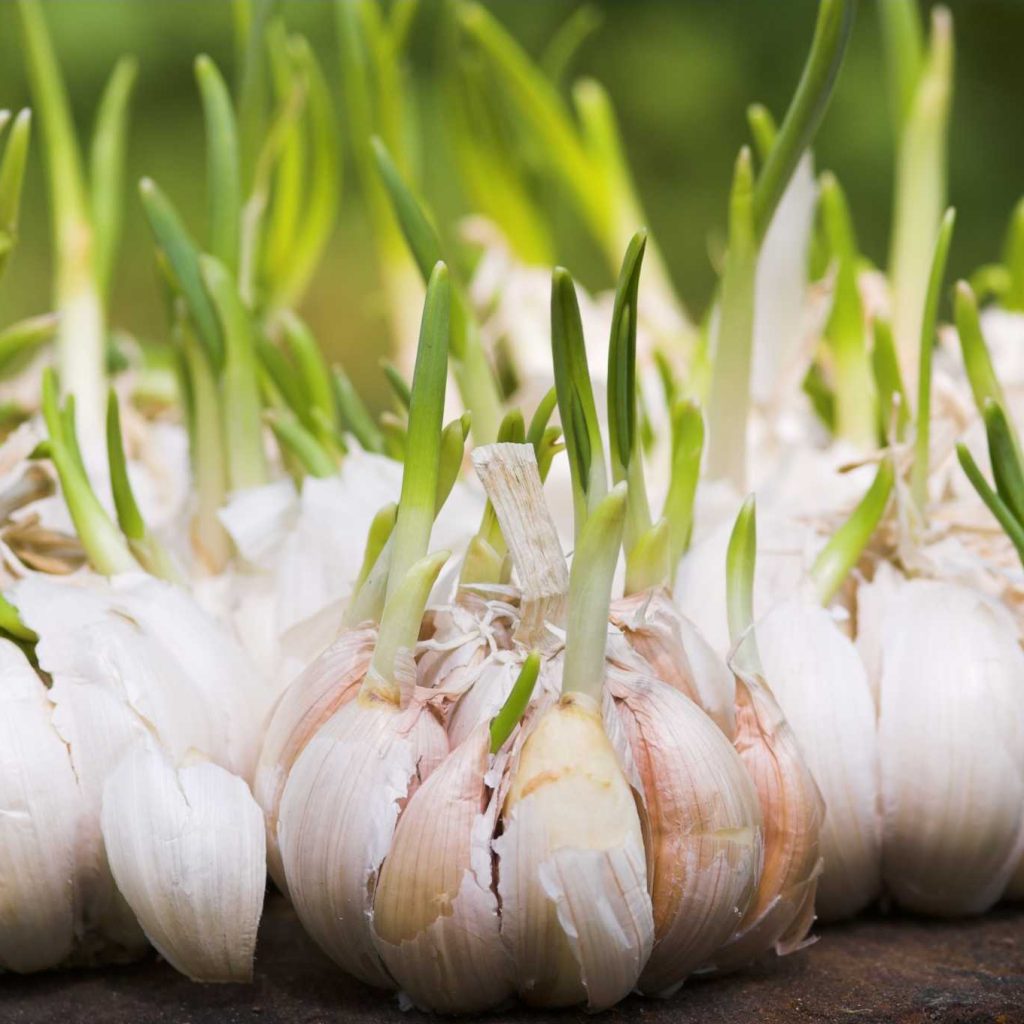
Are you in need of in-depth knowledge on onion and garlic production? If yes, we are a call away.Contact us for: Onion seedlings, Garlic seedlings, Germinated garlic cloves, Farm planning services, Soil testing, training on onion and garlic growing, Drip irrigation installation and maintenance, Agronomic support, Onion and Garlic value pack and Farm management. For free consultation, placing orders or booking a visit with an agronomist, please contact us via Call or what’s app +254703982228, Email: Info@oniondoctor.co.ke. You can also check out our social media handles for daily updates on TikTok: https://www.tiktok.com/@oniondoctorke?_t=ZM-8wmsTu0qumO&_r=1 Instagram: https://www.instagram.com/oniondoctorke?igsh=MTVoaHF3aWUydTJzaQ==Facebook:https://www.facebook.com/share/16SwgYn2dG/ Youtube:https://youtube.com/@oniondoctorke?si=u5Jnd-r0qU9UDYqL and Twitter: https://x.com/OnionDoctorKe?t=FR3JXlS_oN1vjjUgAtfyzg&s=09
Garlic farming in Kenya is emerging as one of the most lucrative ventures for both smallholder and large-scale farmers. With rising local demand and a growing interest in health-conscious food choices, garlic (Allium sativum) presents a golden opportunity for Kenyan farmers looking to diversify and increase their income.
Why Garlic Farming?
Garlic is not only a popular culinary spice but also a medicinal crop, valued for its antifungal, antibacterial, and antiviral properties. In Kenya, the growing awareness of its health benefits and increasing use in households and restaurants has led to a surge in demand, yet the country still imports a significant portion of its garlic. This presents a huge market gap for local farmers to fill.
Best Regions for Garlic Farming in Kenya
Garlic thrives in areas with well-drained, fertile soils and cool to moderate climates. Ideal regions include:
- Mt. Kenya region (Meru, Embu, Kirinyaga)
- Rift Valley (Nakuru, Baringo, Elgeyo-Marakwet)
- Western and Central Kenya highlands
- Parts of Eastern Kenya like Machakos and Makueni
Steps to Successful Garlic Farming
- Soil Preparation: Garlic requires loose, well-drained loamy soil with a pH of 6.0 to 7.5. Soil testing is crucial before planting.
- Seed Selection: Choose certified garlic seed varieties like soft neck and hard neck garlic. Avoid supermarket garlic as planting material.
- Planting Season: The best time to plant garlic in Kenya is during the short rains (October–November) or long rains (March–April).
- Spacing & Depth: Space cloves 10-15 cm apart in rows spaced 30 cm apart. Plant cloves 2–3 cm deep with the pointed end facing up.
- Watering & Care: Ensure consistent but moderate watering. Garlic does not tolerate waterlogging.
- Weeding and Fertilization: Weed regularly and apply appropriate fertilizers based on soil test results.
- Pest & Disease Control: Common issues include thrips, nematodes, and fungal diseases. Use integrated pest management (IPM) practices.
Harvesting and Post-Harvest Handling
Garlic is ready for harvest when most of the leaves turn yellow and start to dry (typically 4–5 months after planting). After harvesting, garlic should be cured (dried) in a shaded, well-ventilated area to improve shelf life and quality.
Market Opportunities
Kenya’s garlic market is expanding. Local markets, supermarkets, restaurants, health food stores, and export markets offer various opportunities. Farmers can also increase earnings by selling value-added products like garlic paste or powder.
How Onion Doctor Supports Garlic Farmers
At Onion Doctor, we provide end-to-end support for garlic farming, including:
- Certified garlic seedlings
- Soil testing and farm planning
- Drip irrigation setup and maintenance
- Agronomic support tailored to garlic farming
- On-farm training and e-extension services
- Farm management and value addition advice
We empower Kenyan farmers with the tools, knowledge, and inputs needed to succeed in garlic and onion farming.